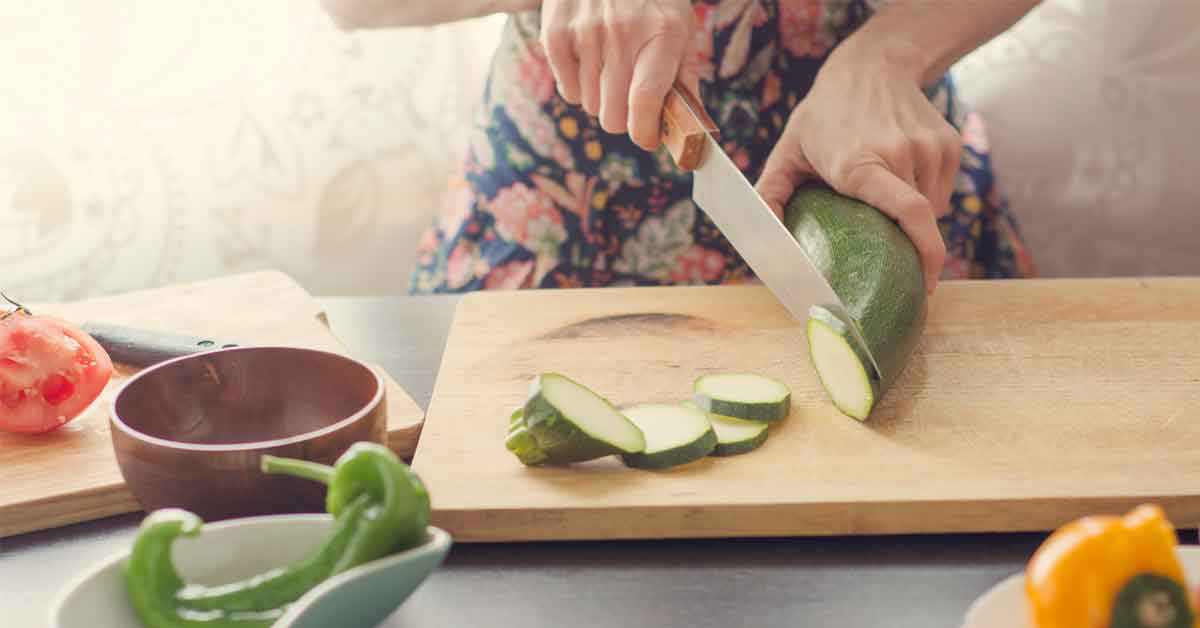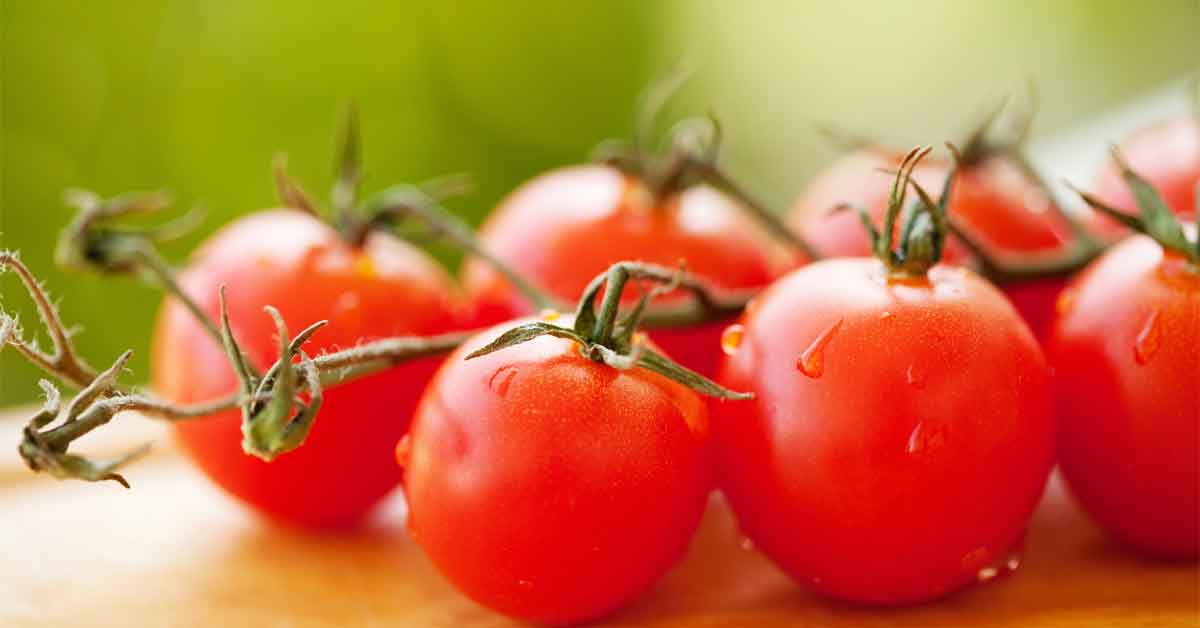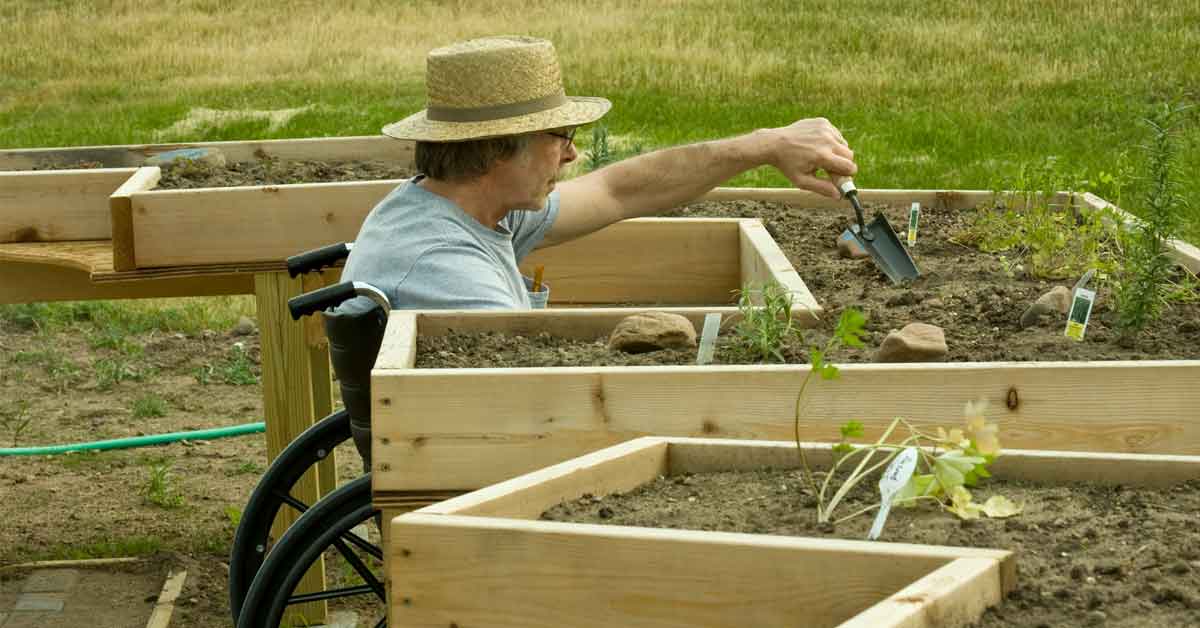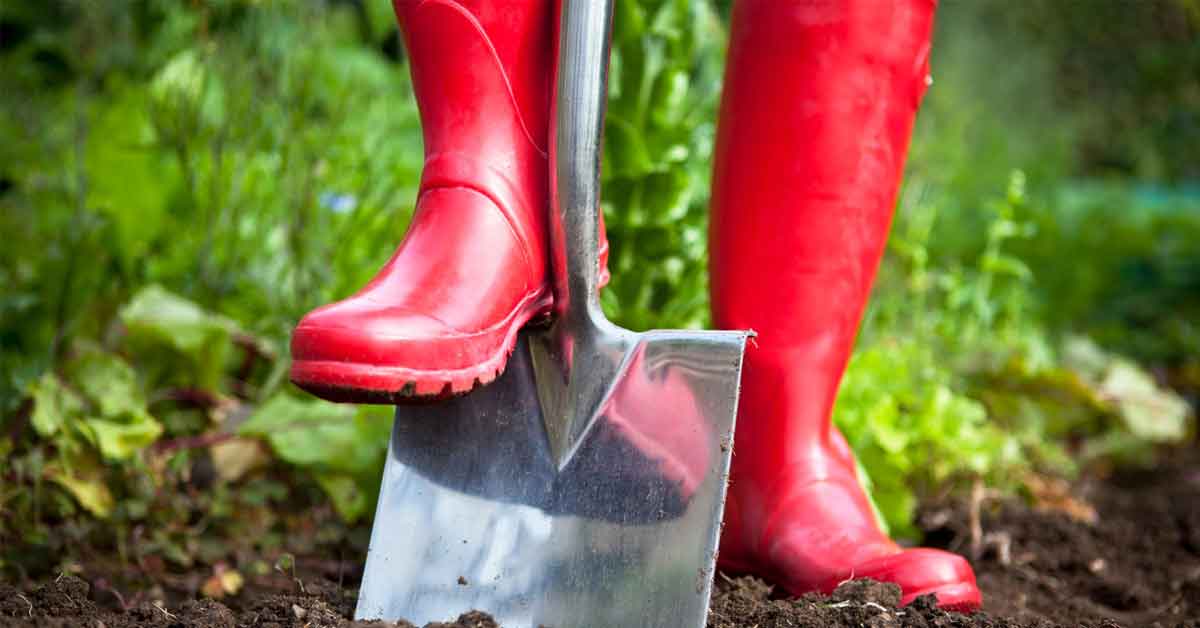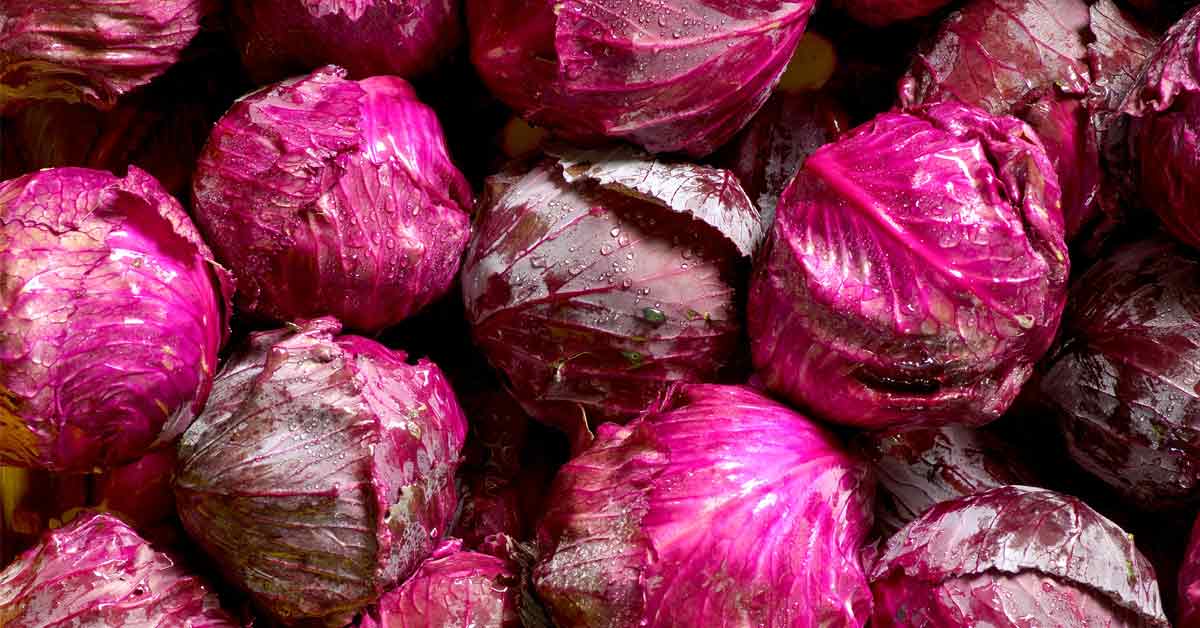The Benefits of Garden-to-Table Produce Versus Supermarket Varieties
Garden Varieties: Why Your Choices Matter
When shopping in grocery stores, you may notice different names on produce. With apples, for example, you'll see names such as Haralson or Granny Smith. Those names indicate varieties with distinct characteristics in growth and flavor. Other produce might not be tagged with names the way apples are, but those varieties are just as different. When you garden — especially if you grow from seed — the varieties available to you are plentiful. Your choices determine the quality and nutrients you'll enjoy.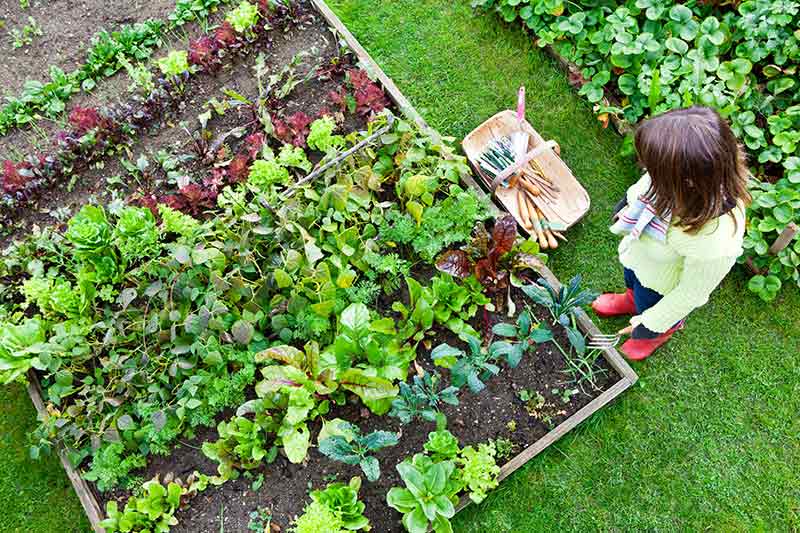
Commercial produce breeders often develop new varieties based on high yields and fast growth or the ability to withstand shipping. Sometimes, flavor and nutrients are inadvertently lost. Many modern varieties offer fewer nutrients than varieties did decades ago. Research comparing nutrient content in garden crops using U.S. Department of Agriculture (USDA) data from 1950 to 1999 found significant drops in several nutrients.1 Researchers attributed the decline to new cultivated varieties. High-yielding, fast-growing plants may not process nutrients at the same fast rate, so they have fewer nutrients compared to lower yield, slower-growing varieties.
In your garden, you can pick varieties based on what's important to you. Old-fashioned varieties, known as heirlooms, have been passed down through generations and may have superior flavor and higher nutrients. One exception noted in the USDA data was modern carrots, which showed increases in some nutrients, including vitamin A. One explanation is that modern varieties have been bred for deeper orange color, which is tied to more vitamin A.1
Growing Methods: How They Affect Results
Healthy, nutrient-rich soil improves the nutritional value in your fruits and veggies. Vegetable gardens use up lots of soil nutrients. When soil is depleted, so are crops. Your soil's pH level is an important factor. Soil pH doesn't change which nutrients are present, but it does affect whether nutrients stay in forms plants can use. If pH is off, added fertilizers won't necessarily make it into plants. So, if you have a vegetable garden, test your soil every two to three years and amend it according to test recommendations. Your garden will benefit from the nutrients it has, and those you add.
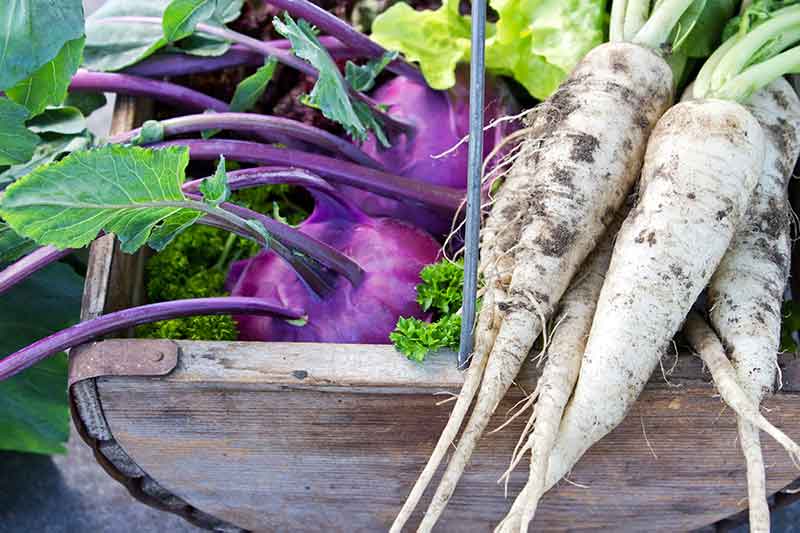
Gardening methods that promote soil and plant health, such as using cover crops to restore soil nutrients or practicing integrated pest management, help maintain natural balance and enhance plant growth. This promotes higher nutrient content in crops.2 Nutrient comparison research shows that nitrogen fertilizers in particular have beneficial effects on vitamin levels.1 Watering moves nitrogen easily through soil, so it needs frequent replacement. Through soil tests and appropriate fertilizers, you can keep your garden healthy and strong.
Harvest Habits: How Timing and Handling Enter In
You probably wait — or try to wait — until your homegrown fruits and veggies reach peak ripeness before you harvest. That's a good practice. Research shows that crops picked fully ripe have more vitamin C than those picked early.3 The downside is that fully ripe fruits and veggies are more apt to bruise during picking and they have shorter shelf lives — two of the reasons commercial growers often pick pre-full ripeness.
Many commercial crops are picked early and ripen on the way to stores. But not all fruits continue ripening once they're picked. Even when they do ripen in color from green to red, for example, they may not “ripen" in nutrient levels the way they would have if picking was postponed.2 Mechanical pickers and bulk commercial handling often cause more stress and bruising, which speed up nutrient losses.2,4 In your own garden, you can keep crops on the vine until fully ripe and handle them gently. You'll be rewarded in taste and nutrient content.
Local Advantages: Why Distances and Storage Matter
When your only shipping delay is the time it takes to get from the garden to your table, fruits and veggies are at their best. Deterioration starts as soon as crops are harvested, so homegrown and locally grown produce that gets to your table fast offer more nutrients than produce that travels over time and distance. Vitamins and antioxidants in some types of produce may be more than 100 percent higher in local crops versus imported ones.3 Produce from local farmers doesn't have to stand up to long-distance shipping, so they, like you, may choose to plant more nutritious varieties.
Storage times, temperatures and exposure all affect nutrient loss. North American-grown commercial fruits and vegetables typically take about five days to get to U.S. markets. Produce from outside North America can be in transit for several weeks before it hits store shelves.4Add one to three days before it's purchased, plus several days in your refrigerator after that, and the end product is no match for nutrient-rich crops from your own back yard.
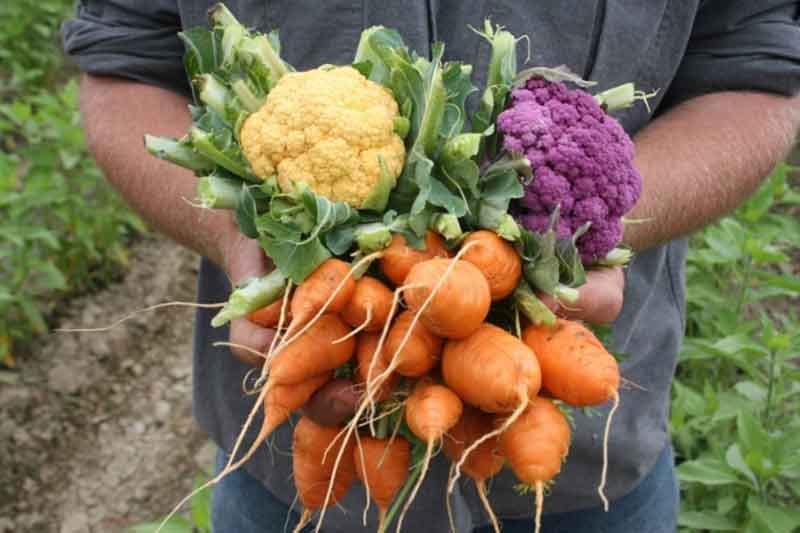
Kitchen Customs: How Cooking Methods Affect Nutrition
Fresh, raw, fully ripe produce delivers maximum flavor, freshness and nutritional value. Processing fresh fruits and veggies by cooking, freezing or other methods — in your home or before it gets there — impacts nutrients as well as appearance, textures and flavors. Water-soluble vitamins, such as B and C, are lost in cooking water. Fat-soluble vitamins, such as A and E, are hit by heat and cold.4 Time between harvest and cooking matters, too. Fresh green beans can lose 77 percent of their vitamin C over seven days in the fridge, even at proper temperatures.4
Depending on your cooking method, fresh, raw produce can lose up to 55 percent of its vitamin C, along with other nutritional benefits.4 Fresh broccoli, for example, loses vitamins, chlorophyll, proteins, sugars and more during processing. Research shows that boiling broccoli causes a vitamin C loss in excess of 30 percent. Microwaving can cause a 24 percent loss in vitamin C, while stir frying can cause a loss of 16 percent. However, properly steamed broccoli has just as much vitamin C as raw.5 So, keep a steamer handy or munch on fresh, raw veggies for maximum garden goodness.
Growing your own fruits and vegetables can take nutrition to new levels and increase garden fun. GardenTech and the GardenTech® family of products are committed to helping people of all ages enjoy all the benefits of home gardening, including beautiful, tasty and healthful crops.
GardenTech is a registered trademark of Gulfstream Home and Garden, Inc.
Sources:
1. Donald R. Davis, PhD, FACN, Melvin D. Epp, PhD and Hugh D. Riordan, MD, “Changes in USDA Food Composition Data for 43 Garden Crops, 1950 to 1999," Journal of the American College of Nutrition, 2004.
2. Kathleen Frith, “Is Local More Nutritious? It Depends," Harvard School of Public Health, 2007.
3. Corilee Watters, “The Nutrition Benefits of Eating Locally," Hānai'Ai / The Food Provider, Western Sustainable Agriculture Research & Education, 2013.
4. Diane M. Barrett, “Maximizing the Nutritional Value of Fruits & Vegetables," University of California – Davis.
5. Gao-feng Yuan, Bo sun, Jong Yuan and Qiao-mei Wang, “Effects of Different Cooking Methods on Health-Promoting Compounds of Broccoli," Journal of Zhejiang University Science B, 2009.
Get Monthly Gardening Advice!

